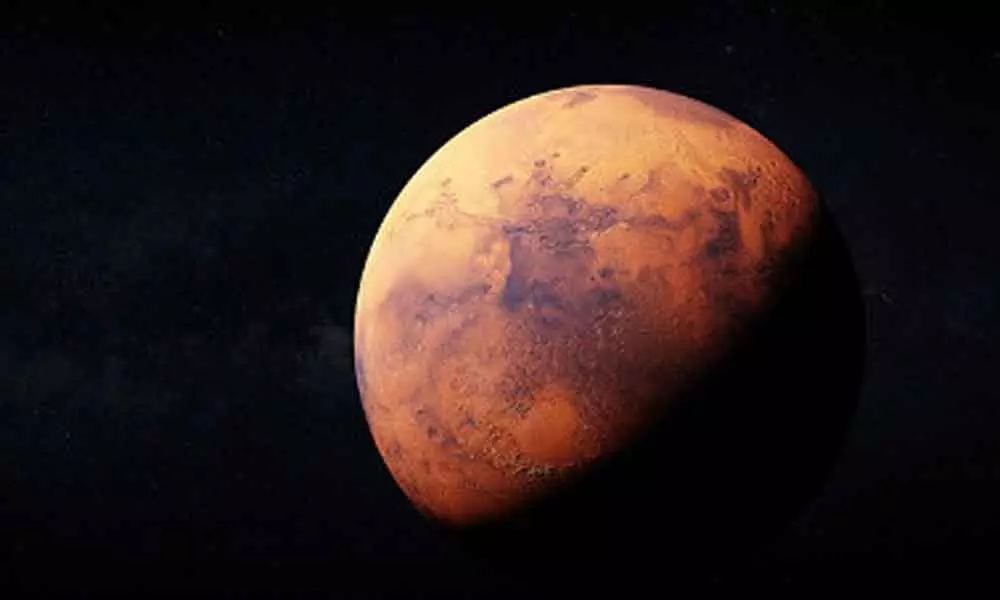The race to Mars intensifies

The race to Mars intensifies
NASA landed a new robotic rover on Mars on February 18, its most ambitious effort in decades to directly study whether there was ever life on the red planet. At 3:48 pm Eastern time, controllers at the mission operations center at NASA’s Jet Propulsion Laboratory near Pasadena, California, received word from Perseverance that it had entered the top of the Martian.
NASA landed a new robotic rover on Mars on February 18, its most ambitious effort in decades to directly study whether there was ever life on the red planet. At 3:48 pm Eastern time, controllers at the mission operations center at NASA's Jet Propulsion Laboratory near Pasadena, California, received word from Perseverance that it had entered the top of the Martian.
Perseverance, NASA's most sophisticated rover to date, landed on Mars atmosphere at a speed of more than 12,000 miles per hour (19,300 kmph) This is NASA's first mission that will search for signs of ancient life on another planet. It launched from Florida at the end of July. NASA only lands a rover on Mars about every 10 years. The last was Curiosity in 2012. In the final step, the rover was lowered at the end of a cable beneath a rocket-powered jetpack until it touched the surface.
At 3:55 pm cheers erupted in the control room with the announcement that Perseverance was intact on the surface. "Touchdown confirmed," said Swati Mohan, the NASA engineer who provided commentary on the descent. "I'm safe on Mars. Perseverance will get you anywhere," tweeted the official handle of the Perseverance mission. NASA has chosen the impossible landing site for a good reason. Scientists believe the area that now constitutes Jezero Crater was once flooded with water and was home to an ancient river delta. The process of landing site selection involved a combination of mission team members and scientists from around the world, who carefully examined more than 60 candidate locations on the Red Planet.
After the exhaustive five-year study of potential sites, each with its own unique characteristics and appeal, Jezero rose to the top. Jezero Crater tells a story of the on-again, off-again nature of the wet past of Mars. More than 3.5 billion years ago, river channels spilled over the crater wall and created a lake. Scientists see evidence that water carried clay minerals from the surrounding area into the crater lake. Conceivably, microbial life could have lived in Jezero during one or more of these wet times.
If so, signs of their remains might be found in lakebed or shoreline sediments. Scientists will study how the region formed and evolved, seek signs of past life, and collect samples of Mars rock and soil that might preserve these signs. Perseverance is NASA's ninth landing on Mars and the agency's fifth rover. In order to land, it had to go through the infamous "seven minutes of terror."
The one-way time it takes for radio signals to travel from Earth to Mars is about 11 minutes, which means the seven minutes it takes for the spacecraft to land on Mars occurs without any help or intervention from NASA teams on Earth. This rover is the heaviest NASA has ever attempted to land, weighing in at over a metric ton.
The spacecraft hit the top of the Martian atmosphere moving at 12,000 miles per hour and had to slow down to 1.7 miles per hour seven minutes later when the rover softly landed on the surface. The race to Mars has only begun. China will soon be landing its own rover on the surface. India tried and failed once.














